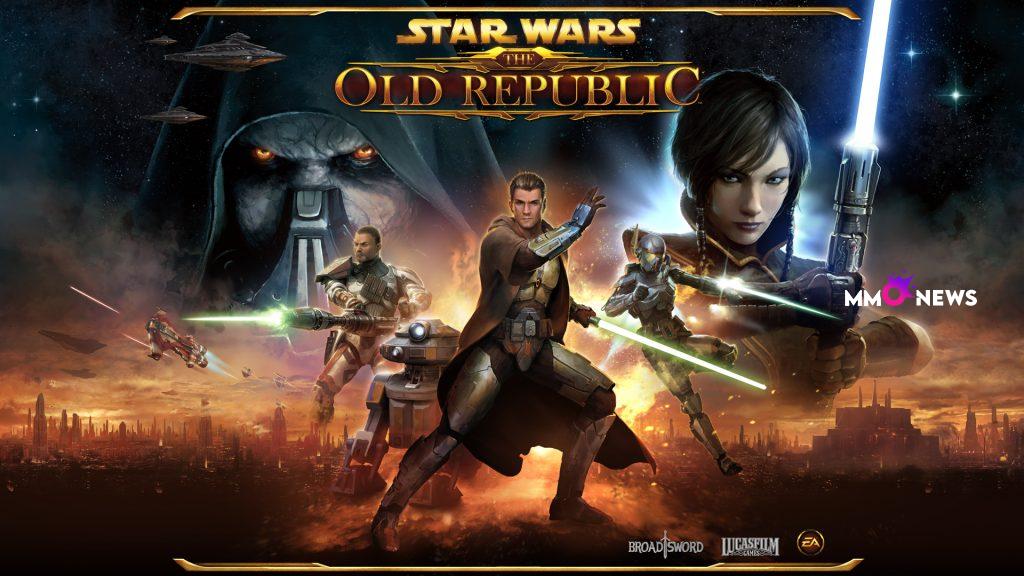Star Wars: The Old Republic (SWTOR) is still alive, still updated, and still doing the thing it does best: story driven MMO play with a classic BioWare feel, set thousands of years before the films. Since the transition of live operations to Broadsword, the cadence has settled into a pragmatic rhythm. Major patches continue to land, events rotate on schedule, and the game’s hybrid model (free to play, preferred, subscriber) remains the backbone. If you are wondering whether it is worth jumping in or coming back, here is the state of play right now, with the essentials for players and folks in the industry who track MMO health and production cycles.
What the game is about
SWTOR is a narrative first MMORPG where your class story and choices matter, wrapped in a familiar MMO structure. You pick a side, build a hero or antihero, and carve a path through fully voiced quests. Combat is tab target with modern comforts. The core fantasy stays intact after more than a decade: play a Knights of the Old Republic era saga with a guild, flashpoints, operations, PvP, crafting, and seasonal events. The design DNA is stable. New content tends to respect that baseline instead of pivoting to fads.
Where development lives now
Broadsword runs live service with Lucasfilm games licensing and EA as publisher. That shift was about focusing SWTOR in a studio model built for running classic MMOs long term. The day to day reality for players is steady upkeep, seasonal beats, and anchored patch drops. The tone from official channels is clear: the team keeps building and shipping, with a careful scope that fits a veteran live game.
Current status at a glance
- Live service: active, supported, and patching.
- Content: story updates, system tuning, events, and quality of life improvements continue.
- Monetization: hybrid model with free to play, preferred, and subscriber. Subscribers unlock the full current expansion content, unrestricted XP gain, full operations access, and broad convenience perks.
- Events: recurring calendar plus seasonal limited time activities, with official notices on the site.
- Platform: PC, with the game distributed via the official launcher and also on Steam for a large slice of the playerbase.
For official patch pacing and feature specifics, the studio posts notes and news on the site. When a patch lands, the notes are the single source of truth for content and tuning details published by the team.
Updates and cadence
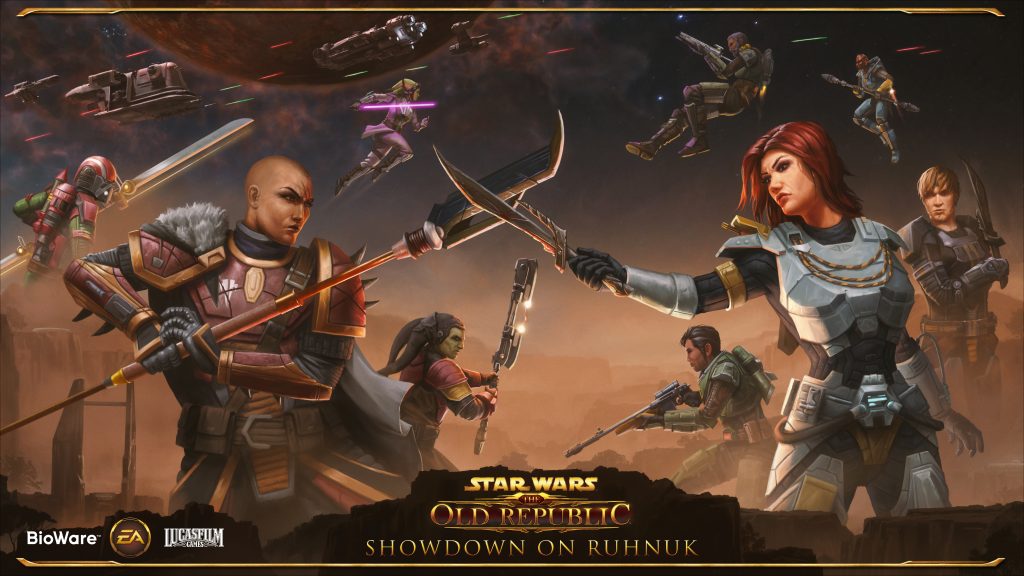
SWTOR updates follow a major patch plus hotfix model. You see a big drop that adds a chunk of story, system changes, sometimes a new activity or a refresh to an existing one, and then minor updates stabilize or add small layers. The cadence is not monthly sprint content; it is a measured pace that keeps the live game fresh without overextending. Expect multiple significant updates across a year, with event reruns and QoL in between. The team signals upcoming beats through the official news feed and patch notes.
Official updates and notes are posted on the game site. When a patch is about balance, performance, or a new activity, the notes outline what changed, what systems were touched, and how it affects play.
Subscription model and access
SWTOR runs a three tier structure:
- Free to Play: you can create an account, play core content up to a point, and sample systems with limits.
- Preferred: accounts that made a purchase in the past hold a lighter set of limits than free accounts.
- Subscriber: full access to the latest expansion content, operations, unrestricted XP gain and priority travel and convenience. Subscribers receive monthly Cartel Coins and remove many friction points.
The model has been consistent for years. It is friendly to try before you buy, and fully featured for subs who want story and endgame without caps. If you plan to run operations and keep up with current story beats as they release, subscription remains the clean path.
Events and seasons
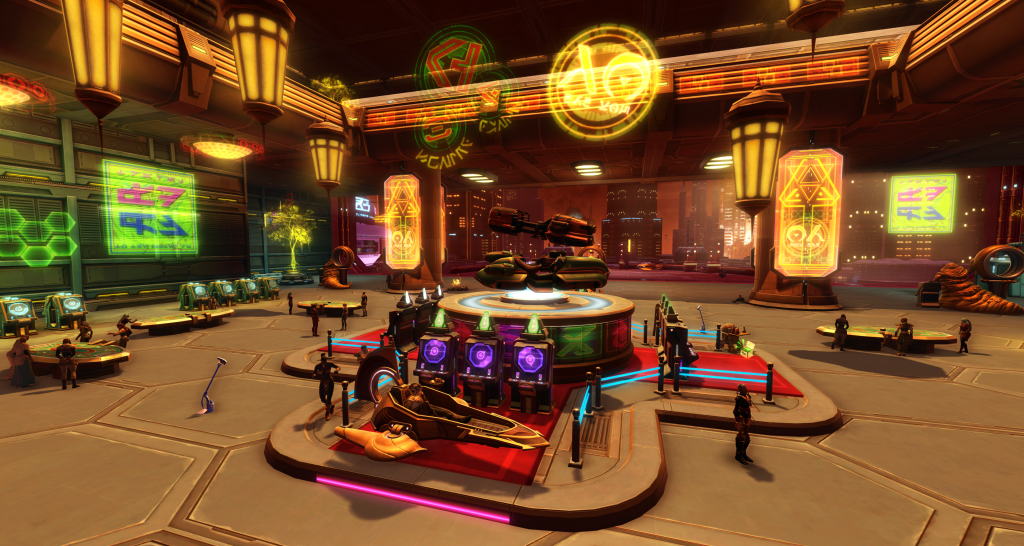
Recurring events like limited time world invasions, Gree tech encounters, bounty weeks, and seasonal content return on a steady loop. These events serve a few purposes:
- Keep returners engaged with a familiar objective loop.
- Give the team reliable hooks for cosmetic rewards and progression resets.
- Smooth out content gaps between major patches without building net new systems.
The studio publishes schedules and event notes on the official site. These posts call out dates, rewards, and any event specific rule tweaks for that cycle.
Story direction and design priorities
SWTOR leans on two pillars: authored story chapters and evergreen MMO loops. The story beats roll forward with new chapters, hub areas, and character interactions that fit the Old Republic era tone. On the live ops side, the team spends time on system polish, UI improvements, class balance, encounter tuning, and economy health. This mix is typical for a mature MMO with a devoted audience that values stability and narrative over constant mode experimentation.
The design intent is clear in how updates land. Rather than chasing explosive meta shifts every patch, the team targets surgical balance passes and mission flow improvements, while the story team adds chapters that extend existing arcs. It respects player investment in characters and loadouts.
Player activity and engagement
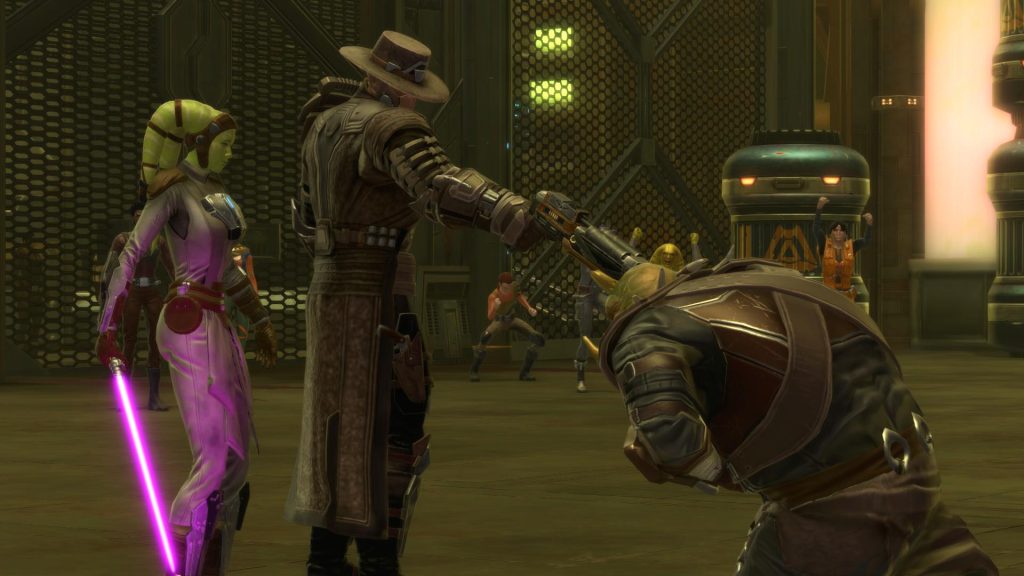
The playerbase is stable for a classic MMO with a strong IP. Peaks cluster around major updates and seasonal events. Broadsword and the game staff do not publish granular concurrency dashboards. Public activity on launchers and platforms mirrors a healthy veteran MMO shape: weekday troughs, weekend climbs, and spikes at patch time. Community momentum follows story beats and fresh rewards, which is by design.
For a practical read, the official news rhythm is your best tell. When the site posts a patch note, a story update, or an event schedule, you can expect a short term lift in logins that week.
The last waves of major updates
Recent major updates have continued the pattern set after the studio transition: story chapters move forward, systems get refined, and live events cycle in with fresh cosmetics or small twists. Headline patches in the 7.x era have delivered new playable beats, gear progression adjustments, UI and UX improvements, and targeted balance. Each major patch ships with a detailed official note set that outlines everything from new missions to ability tuning and bug fixes.
Here is how to think about the recent cycle:
- A story push that advances the current arc with new missions and dialogue.
- An activity layer that gives you reasons to log in: event refreshes, targeted challenges, and sometimes new encounters.
- System cleanup that trims friction: UI, economy, gearing, and balance.
- Follow up hotfixes that stabilize the build.
For the authoritative change list, the official site hosts patch notes that enumerate each change at ship time.
Endgame and operations
Operations remain the heartbeat for group PvE. When the team introduces tuning passes or encounter adjustments, those are documented in the patch notes so raid leaders know where to expect a difficulty shift. Loot tables and progression pacing also see iterations that respond to the live economy. Over time, the endgame fabric has held up by staying approachable for returners while keeping challenge knobs for veterans.
Flashpoints serve as both story vehicles and practical gearing runs. They fit well into the weekly routine and stay relevant when quest chains revisit them.
PvP and competitive loops
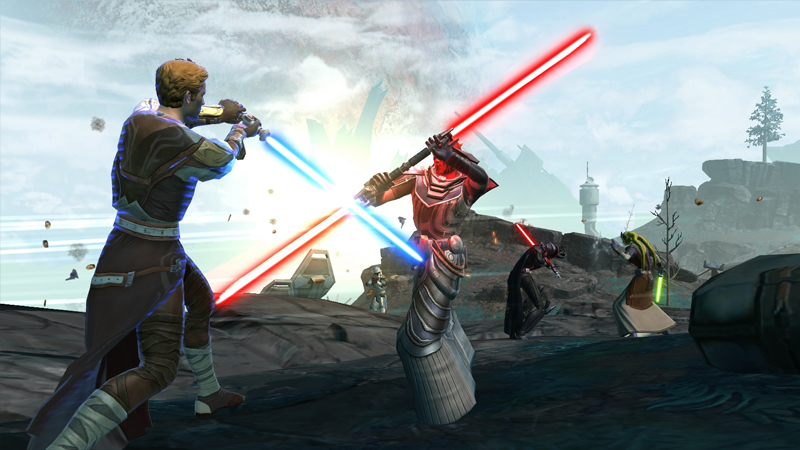
PvP in SWTOR benefits from predictable queues and balance stability more than constant reworks. The team’s approach has been to keep matchmaking healthy, trim outliers in class balance, and support the mode with seasonal resets and rewards. Major changes arrive only when needed, and they are described in the notes so players can adapt builds.
New activities and why they land
When SWTOR adds a new activity or refreshes an existing one, the purpose is usually one of these:
- Extend the current story arc with a focused mission chain or flashpoint.
- Give the event calendar something to rotate in with new rewards or a twist.
- Smooth progression with a system update that reduces grind friction or clarifies goals.
- Add a destination hub or area that supports both story and repeatable play.
The official news post for that patch introduces the why in a short blurb, and the notes carry the hard details.
Economy and rewards
The Cartel Market, seasonal tracks, and event rewards form the backbone of cosmetics and convenience. The economy stays watchful on inflation and credit sinks. When the studio adjusts pricing, drop rates, or vendor offerings, it publishes the change in patch notes. Players who engage in trading track these cycles closely since cosmetic desirability and supply swings define market windows.
New player onboarding
It is easier now to get up to speed than it was years ago. The game funnels you into story content smoothly, accelerates early leveling, and uses clear UI markers for next steps. Veteran players who return after a break can use the mission log and the galaxy map to jump straight to current content without replaying old arcs unless they want to.
How often to expect updates
Think in terms of a handful of significant updates per year, with hotfixes as needed. The exact dates vary, but the rhythm is consistent: story push, systems polish, event cycles. When a ship window is close, the site’s news feed announces the build, and the patch notes list the specifics.
Again, the official site is your primary source for timing. It carries the calendar of upcoming events and the notes for what just shipped.
Should you subscribe in 2025
If you are actively playing story and endgame, yes. Subscription removes limits that otherwise slow the experience, unlocks the current expansion content, and makes operations straightforward. If you are testing the waters or returning for a quick nostalgia tour, you can start free, then sub for the months when new chapters drop or your group is raiding. The model supports that flexibility without punishing you long term.
Why SWTOR still works
- Story first. Fully voiced, choice driven missions give the MMO loop a spine.
- Familiar comfort. Reliable systems, stable balance, and a UI players understand.
- Steady service. The team ships updates, communicates changes, and preserves progress.
- IP power. The Old Republic era remains a rich sandbox for new characters and arcs.
For a live game in year twelve plus, that mix is the formula. It respects time, keeps the lights on, and gives you something to look forward to each quarter.
Practical next steps if you are coming back
- Patch the client and check the mission log: the game will steer you to the latest chapter you are eligible for.
- Skim the latest official patch note on the site: look for your class, your favorite activity, and any gearing notes.
- Jump into an event week if one is live: fast way to rebuild momentum, snag cosmetics, and re learn rotations in a low pressure context.
- If you plan to raid or run endgame regularly, flip on a subscription for the smoothest ride.
Industry read: production and scope
The Broadsword era is about sustainable live ops. Scope is right sized. The team prioritizes content that hits high engagement for the audience they have, not a pivot to chase trends. That is the correct call in 2025 for a veteran MMO with strong brand equity. You can see this in the balance of story chapters, system polish, and event cadence. The patch notes cadence reflects a studio operating with lean teams and predictable release management.
Looking ahead
Expect more of the same in a good way. Story beats, event refreshes, UX cleanup, and selected balance passes. When a larger feature lands, it will come through the official channels with clear notes and a playable demo in the live client, not a pivot to a new genre. The arc of SWTOR is long term continuity grounded in its identity.
Official links for current updates and notes
If you want exact changes, timing, and feature lists for a given build, check the official site news and patch notes. Those posts are where the studio explains what shipped, what is changing, and when events are live. For example, the official news hub carries recent patch announcements and event schedules:
- Official news and updates: https://www.swtor.com/info/news
Final take
SWTOR is in stable, active service. It continues to receive major updates in the 7.x era, with story content, system improvements, and event rotations that keep the loop healthy. The hybrid model remains the backbone, and subscription is the best way to engage fully with the newest content and operations. The studio is not chasing hype cycles; it is delivering consistent, measured updates that fit a mature Star Wars MMO with a loyal base.
This is a good time to return if you stepped away, and an easy time to start if you want a story first MMO inside the Old Republic era. The game knows what it is, and it delivers on that identity.
